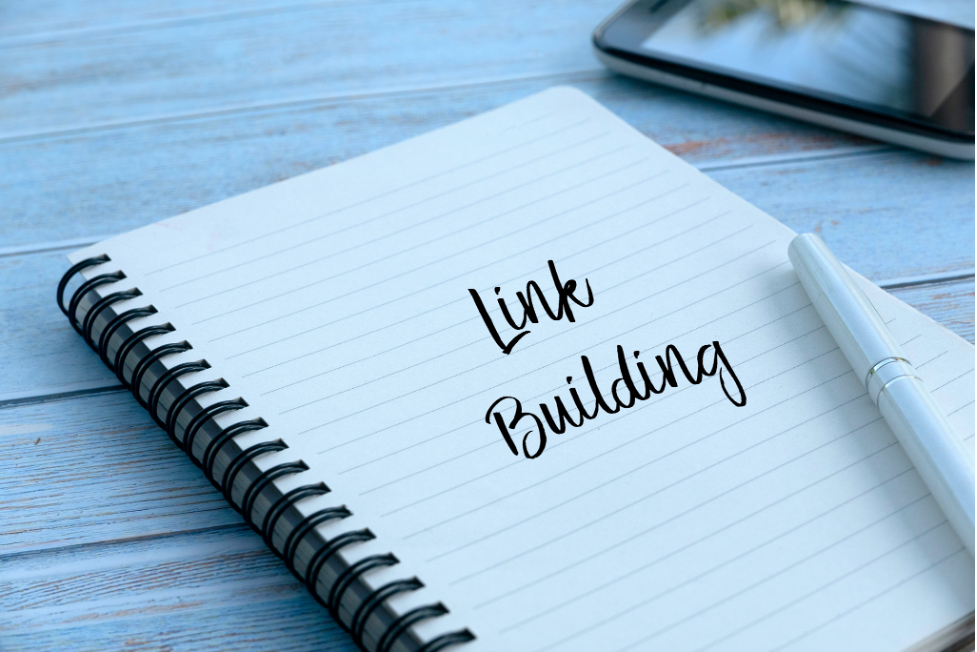There’s no doubt that building a portfolio of quality backlinks is an effective way to maximise your site’s search engine rankings. But is link building best practice?
The truth is, there are good and bad ways to build backlinks – some of these methods are even frowned upon by Google. If you’re not sure how to go about it, it’s always best to consult with professionals, like digital agencies that specialise in building white label backlinks, for example.
Stay with us as we provide a brief overview of what backlinks are, why they’re important and how they work, as well as a breakdown of what constitutes good and bad backlinks.
What Are Backlinks?
If you’re new to link building, you’ll likely be wondering what backlinks are.
Rapidly growing in popularity as an effective SEO strategy, link building involves building a portfolio of backlinks that point to your site. But what is a backlink, exactly? In simple terms, a backlink is a link that is embedded on another website, pointing to your own site.
There are several different types of backlinks, including;
Backlinks Acquired via Guest Posts
If your SEO strategy involves creating guest posts on third-party sites – as it should, it’s a proven link building method – you’ll need to create content to publish on someone else’s website.
Your guest post content will need to include, of course, a link to your own site – whether that’s linking to the homepage, or to a subdomain (a specific section or page of your website).
Most importantly, your content will need to be informative, niche-relevant, and valuable to readers to be able to persuade the third-party site to publish it for you.
Organically Acquired, ‘Editorial’ Backlinks
Editorial backlinks – that is to say, backlinks that have been acquired organically – are highly valued, even prized, in SEO. Yes, if another site links to yours of their own accord, this can be considered one of the highest compliments – clearly, they have seen enough value in your content to take it upon themselves to cite it.
Admittedly, it’s often sites that already have a high Domain Authority of above 80+ that will receive organic backlinks from other sites. High-profile news publications, magazines, and other authoritative resources most often fit this criteria, and as such, are most likely to be cited as credible sources of information by others.
Comment-Derived Backlinks in Online Forums
Creating a backlink to your website by leaving a comment in an online forum is, quite obviously, one of the easiest strategies.
However, it’s also the least effective method, as your commented backlink, while easily acquired, will not be considered particularly valuable by Google or other search engines.
Why are Backlinks Important?

As with all SEO strategies, the end goal of link building is to boost your site’s rating (and ranking) in the eyes of search engines like Google. The objective, then, is to ensure your website is considered valuable by search engines. That is to say, your site needs to appear to have something useful to offer your visitors, as well as being considered a voice of authority on the subject matter. If done successfully, your site will be deemed deserving of being displayed in top search engine results.
In this sense, backlinks are important, as being cited by other websites increases the value, authoritativeness and credibility of your site. Why would other sites link to your content if you don’t have something useful to say? Having your site embedded as a link on another website shows that you’re an authoritative resource – one that can be trusted, quoted and cited by other websites.
Building up a portfolio of backlinks is especially effective, as the more sites you have linking to your own, the more authoritative your site will appear. As always, however, quantity is always trumped by quality: for backlinks to be effective, you want the third-party sites linking to your own to also be trusted by Google.
Backlinks: The Good, the Bad, and the Frowned Upon
If link building is so effective for boosting your site’s profile, why are some backlink acquisition methods frowned upon by Google?
As mentioned, some backlinks are considered “better” than others, such as editorial backlinks that are acquired organically, for instance. But what constitutes “bad” backlinks? Also known as “Black Hat” backlinks, these types of links are spammy, low-quality, and even considered toxic: they can harm your site by being penalised by Google if you use them.
If you want to avoid backlinks doing more harm to your site than good, it’s best to avoid building links from low-quality sites that are willing to publish just about anything. Also commonly referred to as Private Blog Networks or PBN, these sites will most often have low Domain Authority, spammy content, and minimal site visitor traffic, so it’s best to take a wide berth.
~
As discussed today, there are good and bad ways to build backlinks to your site.
While using quality backlinks to boost your site’s profile is a proven and effective SEO strategy, it’s best to avoid using spammy PBNS, so as not to be penalised for “Black Hat” link building.
Lynn Martelli is an editor at Readability. She received her MFA in Creative Writing from Antioch University and has worked as an editor for over 10 years. Lynn has edited a wide variety of books, including fiction, non-fiction, memoirs, and more. In her free time, Lynn enjoys reading, writing, and spending time with her family and friends.















